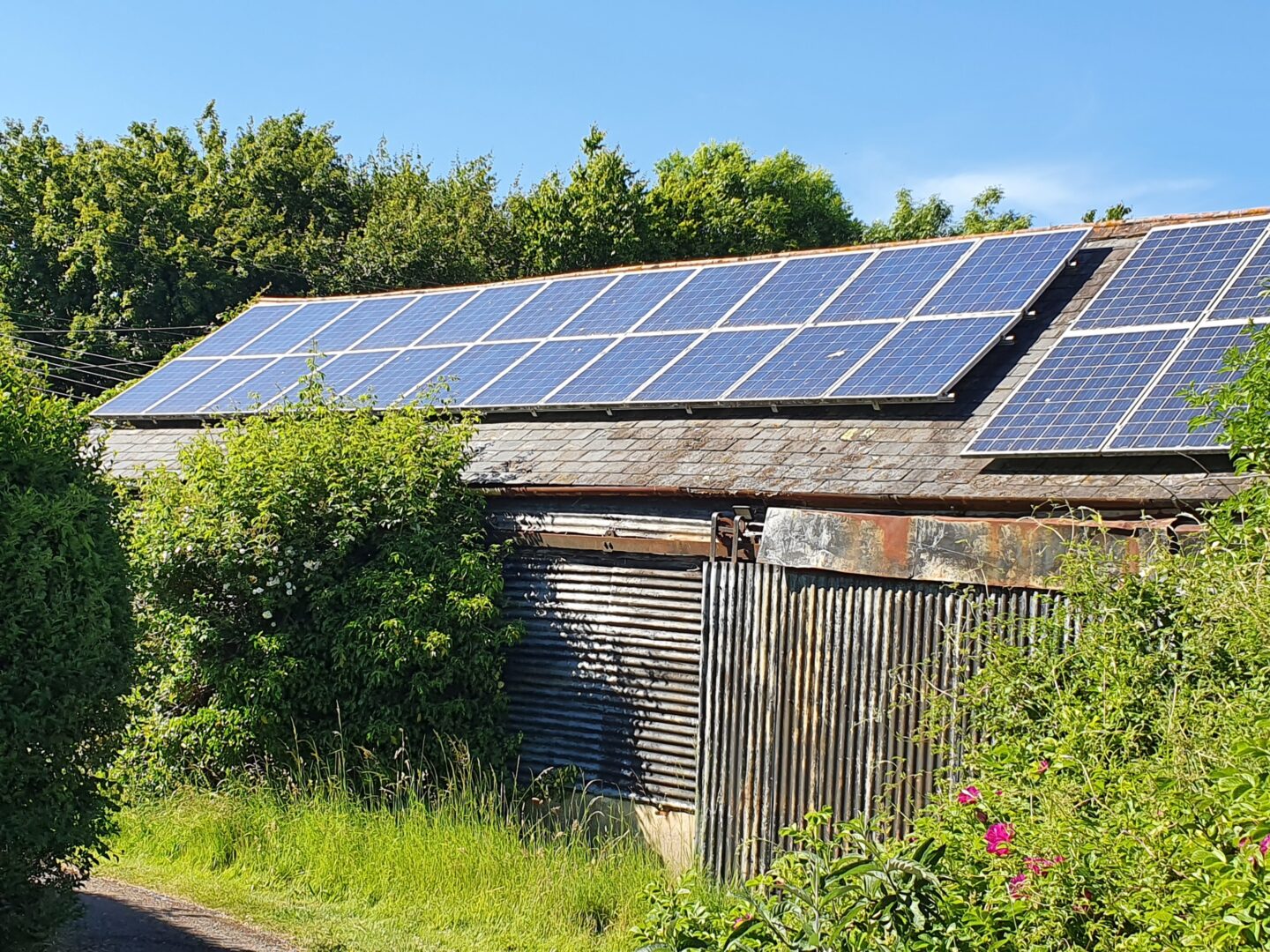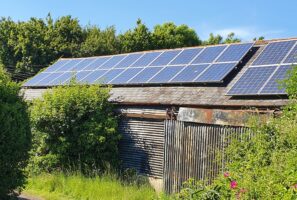Renewable energy

Renewable energy is key to a thriving countryside.
Dorset CPRE is fully supportive of renewable energy development in Dorset but not at any price.
Rooftop panels versus solar farms
Shout from the rooftops: delivering a common sense solar revolution
In May 2023 CPRE produced a report on ‘Shout from the rooftops: delivering a common sense solar revolution‘. Research by the University College London (UCL) Energy Institute, commissioned by CPRE, shows the true potential of rooftop solar in helping to meet net zero targets, protect the countryside and tackle the climate emergency.
Rooftops are the best place for solar panels for our landscapes and wildlife
Yet Dorset continues to face applications for large scale solar power plants on farmland, affecting our landscapes, our habitats and our ability to grow our own food.
Dorset CPRE Policy on Renewable Energy
- Dorset CPRE is fully supportive of renewable energy development in Dorset but not at any price. It is opposed to proposals that would do anything other than minimal harm to Dorset’s exceptional and highly valued landscape, heritage, agricultural and amenity assets.
- It is particularly opposed to industrial scale wind turbines and ground-mounted solar photovoltaic installations that can be damaging to Dorset’s prevalent small–scale landscapes.
- It supports the deployment of solar photovoltaic panels on domestic, commercial, public and industrial roofs, including those that can be built over car parks.
- It favours smaller scale ground-mounted solar photovoltaic installations with a maximum capacity of 5 MW (20,000 panels) that can be well-screened from surrounding view points.
- It does not object to small-scale wind turbines close to buildings.
- It hopes that the Council will be successful in promoting community-owned renewable energy installations of all kinds and wishes to provide support in any way it can through its network of members across the Council area.
Report on renewable energy generation in Dorset
Dorset Council Solar Photovoltaic Installations summary (PDF)
Dorset Council Solar Photovoltaic Installations at 22 April 2024 (PDF)
Dorset Council Solar Photovoltaic Installations at 22 April 2024 (Excel)
Dorset Council Local Plan
Installations of National Significance
Role of Roof-Mounted Solar Photovoltaic Installations in 2050 Electricity Generation
Nuclear Power Stations
The UK Government has an ambition for up to 24,000 MW of operational capacity from nuclear power stations by 2050.
United Kingdom Nuclear Power Stations, Past, Present and Planned (PDF version) 22 April 2022
United Kingdom Nuclear Power Stations, Past, Present and Planned (Excel version) 22 April 2022












